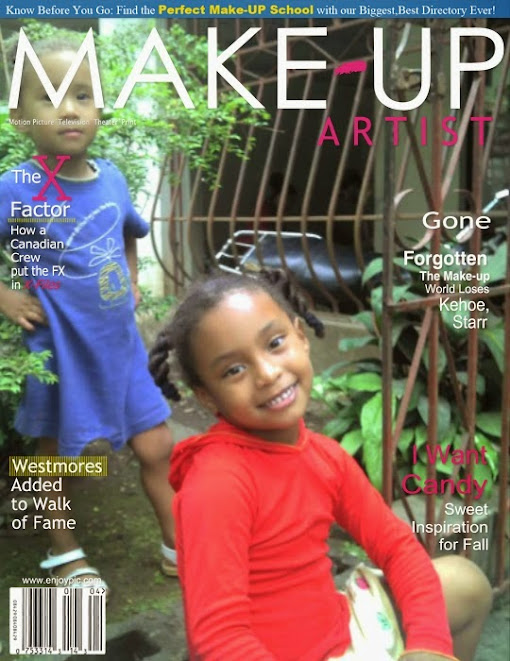
Above: Powell Funeral Home
As a third generation funeral director and owner, I have come to the realization that few of our client families or anyone who suffers a loss due to death has an awareness of the history of the culture of ceremony for the deceased. As a funeral director, I know how traumatized families are after a death. This knowledge is the impetus to work to ease the trauma and to ease families through the excruciating emotional and physical pains that deaths incur. The American culture has never accepted death as an activity of living. Death and growing old are disrespected life occurrences, more here than most cultures around the world.
As we witness the discourse surrounding health care reform, plastic surgery is a booming business. These surgeries are performed without insurance provisions unless the surgeries are a medical or life threatening malady. Americans are often hired for jobs based on their physical appearances as are entertainers. Being or growing old is no longer an aspiration. Young Americans tend to berate the elderly, mistreat them and leave them to fend through their end of life issues alone or in nursing home care. They promote quick, no ceremony services for their loved ones. This is from the examples of youngness that influence their behaviors and thinking which are often void of family connections.
Our southern history of ceremony was family oriented. Time for ceremony was never a calculated measurement. The elder members of the community were regarded as those who were the historians and those who taught wisdom to the young. They were honored as the, “Wise Ones”. All who lived or shared the resources on the land also shared in the ceremony of death. The deceased was prepared in the home by a family member, the matriarch of the colony or the chief of the tribe. There would be preparations that included washing the body, dressing and laying out the deceased in a shaded cool room. All shelters were built according to the rising and setting of the sun for either warmth in the winter or coolness in the summer.
Each house had a cooling room for food. That room would double to house a deceased person. This was pre Funeral Home professional facilities. Visitors and other family members would join the immediate clan members during a period of mourning. Food, music and dancing would be a part of the ceremonies for whatever time nature would allow before the body’s chemistry would break down. Flowers and oils were used to mask odors. The body of the deceased would be buried on the compound with simple name markers erected. Often the burials would be on hills away from the immediate shelters to allow the wind to blow the fumes of decomposition away from the living quarters. Others would be buried high on stakes to allow food for prey. Both methods supported the belief that the body should return to fuel the natural energy of life from which it came.
It was during the First World War that the introduction of embalming became a profession. As soldiers died abroad, the inherent need for closure required that those dead soldiers return home to the US. The chemical of formaldehyde was created by a German scientist to preserve the body for transport. Before embalming, those soldiers were buried where they died, without family closure. Burial ceremonies continued as they were here on the land until Indigenous soldiers who fought in the war were returned home embalmed. Into the 50’s families would choose to keep their loved ones at home until the day of the funeral. These bodies were embalmed.
The methods and ceremonies slowly began to change to include a new way of preparing and burying the dead. We as humans are always influenced by what others present. Sometimes purpose of ceremony gets lost in others methods and translations. Today funeral home facilities are regulated by government. Formaldehyde is a carcinogen that I have breathed my entire life. Family’s cultural death ceremonies are no longer as personal to the family desires as they are to the constraints of costs. Then and now, in this depressed economy, there is more reason for ceremony and the blessings that come from respecting our “Wise Ones”. The matriarch of my family, who was Lelia Johnson Powell, a mortician and a very wise woman always said, “Were there’s a will, there’s a way”.
For more info about funeral home services contact Janet Powell by visiting powellservices.net.









